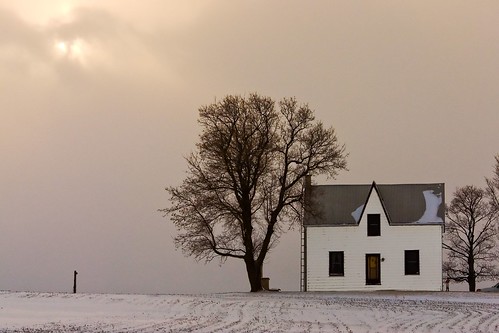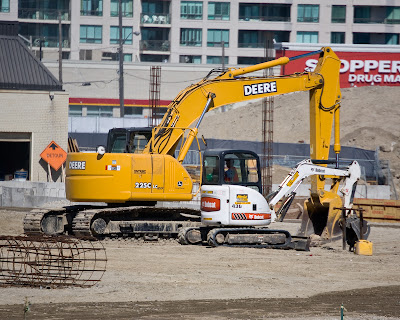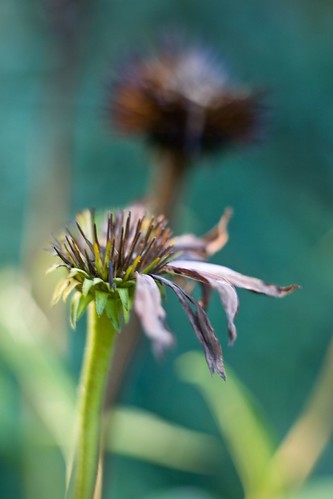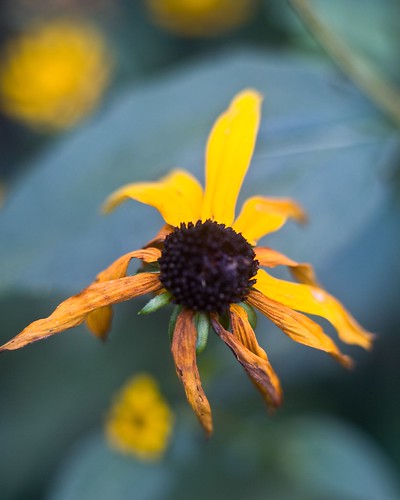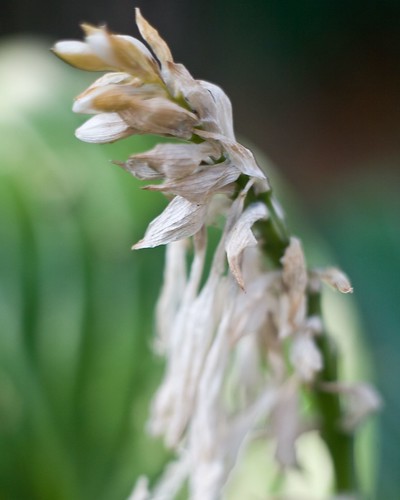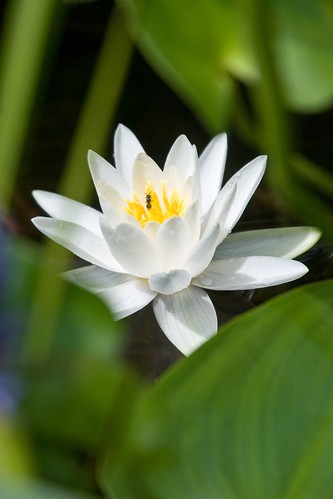If you're anything like me, you love nearly everything about photography. There is the joy of quietly stalking a subject, whether it be animal, mineral or vegetable, and the lovely zen moments that you feel when you are clicking away.
Then there is the magic of making images come alive using tools like Photoshop and Lightroom. Images that sometimes come out of the camera flat and two dimensional can sparkle and take on a fantastic depth with some judicious application of curves, levels and local contrast.
Finally, there is the process of printing out your images. First, you do a draft or two on matte or semi-gloss to see if you have a photo that wants to be an oil or a watercolour. Then you pick from your treasure trove of lovely, clean sheets of paper. You might want to use Epson Luster or something textured like Moab Entrada. You load it in the printer and press the print button and, a few minutes later, you have a beautiful print.
I think the best moments happen when the print comes off the printer and you have this lovely image in your hands. You move around the room trying it out in different kinds of light, looking at all the things that made you fall in love with this particular image. It may be the composition or the colour or the subject itself.
And then what?
This is the cruelest part of the whole process. You realize with a sinking feeling that you are not Ed Byrtynsky. There are no loyal fans lining up to buy your prints. Your walls are already full of all the prints that your spouse will let you hang and your easel is stacked full of previous endeavours. Maybe you've sold a few prints and, perhaps, you have hopes of a showing in the not-too-distant future, but what do you do with that lovely image that you just printed off?
You could hide your images away in portfolios or albums, but somehow that isn't the right thing to do. Images want to be seen.
Here's one solution that you might want to consider. It's a way of framing your prints in a fairly easy, cheap way and then rotating them on the walls of your apartment, house or studio so that each image gets some face time and you don't get tired of your gallery.
First, you make a little sandwich. Go to your art store and buy 16x20 matte board (museum quality). It should cost about $3.00 a sheet. While you're there, buy some foam core board and a can of spray glue (e.g. 3M). If you don't have one already, buy a plastic roller as well. Trim the foam core to around 16.5x12.5 inches. Foam core is tricky to trim because the foam catches on your Xacto knife. A guillotine actually works best if you have access to one at the office. Print out your image on either matte or gloss paper using 13x19 inch paper and crop your image to 13x17.
I know, I know, the Michael Reichmann's of the world would protest that you should crop your photo naturally to fit the composition, but sometimes compromises are necessary and we're only talking about small adjustments. We want the image to look nice in a commercial 16x20 frame with an inch and a half border around the image.
By now, you should have a 13x17 image, a slightly smaller piece of foam core and the 16x20 matte board. Place the image onto the matte board so that the boarder is even all the way around and mark the top two corners with a light pencil mark. Then, spray the glue onto both sides of the foam core. Do this outside so that your spouse doesn't yell at you for smelling out the place. Quickly, position the foam core onto the back of the photo and press lightly into place so that there is about a quarter inch of space around the foam core. Finally, flip the image and foam core over, line up the corners of the image with the two dots on the matte board you made earlier and press the foam core onto the matte board. Take the plastic roller and roll over your image, removing all the bubbles and making sure that the glue is well seated.
You now have an image mounted on foam core and matte board in such a way that it appears to be floating an eighth of an inch above the matte. Images can be easily stored in a drawer for future framing when their time in the rotation comes.
Now for the framing part. Again, go to your local art store or frame store and purchase the widely available Nexxt Suspense frame in 16x20 size. This is designed to be a floating frame, but it can be turned into a nice shadow-box style frame very easily.
Unpack the frame and throw away one of the pieces of glass. You mount your matte board to the back of the frame so that the sequence of pieces (viewed from front to back) looks like this: one sheet of glass, wooden spacer, matte board. Flip the little gizmos around to hold in the matte paper and you have a nice shadow-box frame to show off your image. The foam core gives the matte paper enough stiffness that it doesn't need anything behind it and it also makes the photo float up close to the glass.
The cool thing about this is that it's easy to rotate your images through the frames. Just turn the little gizmos on the back of the frame, remove one image/foam/matte sandwich and insert another and you have another image hanging in your living room.
This is a sure cure for the "I've got nowhere to hang this lovely image" blues!
